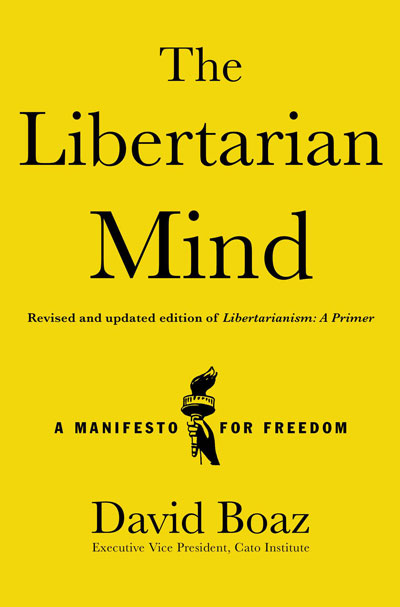Where to Cut Spending? Start Here
President Barack Obama and Congress bravely led the country back from the fiscal cliff — by putting the government squarely on a path toward another series of fiscal stare-downs beginning in March. Oddly absent from this continual game of kick-the-can are concrete ideas — from either party — for getting a handle on the spending side of the ledger.
The Senate hasn’t passed a budget in three years. The president proposes no spending cuts. House Republicans, despite their fondness for the refrain “We have a spending problem, not a revenue problem,” find themselves speechless when asked what, exactly, they would cut.
Is there a suggestion box? If there were, here are just a few big expenses we could afford to do without.
- Farm subsidies. The Department of Agriculture doles out $10 billion to $30 billion in cash subsidies to farmers and owners of farmland each year (depending on crop prices, disaster outlays and other factors). More than 90 percent of agriculture subsidies go to farmers of just five crops: wheat, corn, soybeans, rice and cotton. Most farms collect no subsidies. Farmers’ income has been booming lately, making this a particularly good time to end the subsidies.
- Head Start. Oh, no! Everyone loves Head Start. It helps poor kids. Who could be against that? But on the Friday before Christmas, the administration released a large-scale study of Head Start’s effectiveness. Its conclusion: “[B]y the end of third grade, there were very few impacts found … in any of the four domains of cognitive, social-emotional, health and parenting practices. The few impacts that were found did not show a clear pattern of favorable or unfavorable impacts for children.” Head Start costs $8 billion a year, and about $200 billion since its inception. Multiple official studies have shown its ineffectiveness.
- Afghanistan. Americans are tired of America’s longest war. It’s costing more than $100 billion a year. Instead of vague plans to reduce the number of troops next year or thereafter, let’s make the decision to end the war, bring the troops home, and save that money.
- U.S. Embassy in Iraq. The world’s largest and most expensive embassy is the American embassy in Baghdad. Housing some 17,000 people, it will cost about $3.5 billion a year to operate. As we approach the 10th anniversary of our invasion of Iraq, it’s time to extricate ourselves from running that distant country.
- Urban transit. Local mass-transit systems should be the responsibility of state and local governments. Why are taxpayers from around the country paying for the subway and light-rail systems of Chicago, San Francisco, Boston, New York and other cities? In this as in other areas, federal subsidies make it easier for local politicians to approve spending that isn’t cost-efficient. We could save $5 billion to $15 billion a year by ending national subsidies for local subways.
Almost every federal program has a vocal cheering section, which is why it’s so difficult to cut anything from the budget. But in an age of fiscal crisis, these are among the line items that should be squarely in the cross hairs; they have been clearly demonstrated to be bloated and ineffective, and cutting them would save hundreds of billions of dollars.
“To rescue some measure of credibility, politicians should at least have the courage to embrace a few cuts that make obvious, objective sense based on the evidence.”
More is needed, of course. Transfer payments to individuals — dubbed “entitlements” to make them more difficult to cut — have doubled in real terms in the past 20 years and now account for 60 percent of the federal budget. In inflation-adjusted dollars, the Pentagon’s base budget over the past five years averaged $529 billion, greater than the average budget during Ronald Reagan’s Cold War-era defense buildup — and that doesn’t even include tens of billions in supplemental appropriations to fund our wars.
In the long run we have to think more carefully about what government does. Do we want a government that spends 25 percent of GDP? Should the U.S. military act as the world’s policeman? Do taxpayers need to provide retirement and health-care benefits for middle-class and even wealthy retirees? Could private Social Security benefits and Health Savings Accounts employ standard economic incentives to make people better off than the current Social Security and Medicare programs?
Those are hard questions the country will be forced to confront down the line. But the next “fiscal cliff”—like farce is almost upon us already. To rescue some measure of credibility, politicians should at least have the courage to embrace a few cuts that make obvious, objective sense based on the evidence.
Posted on February 1, 2013 Posted to Cato@Liberty



